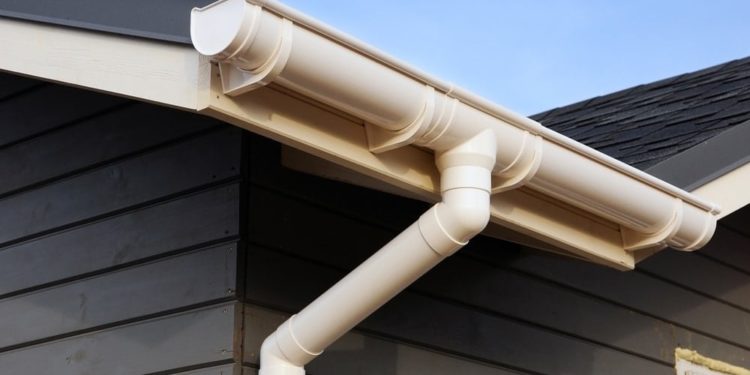Downpipes play a crucial role in plumbing and drainage systems by channelling waste and rainwater from buildings to ground-level drainage lines. In waste drainage, main stacks, which collect water from various sources within a building, converge into a single downpipe that empties into the first manhole.
This setup typically involves connecting vertical main stacks to a horizontal PVC pipe using a component called a sweep elbow, which includes a Roding eye for cleaning and maintenance purposes. This design ensures efficient and safe waste removal, preventing potential blockages and facilitating easy maintenance.
For rainwater drainage, downpipes are integral to rainwater management systems, commonly referred to as rainwater goods. These PVC pipes, typically 100mm in diameter, connect to fulboras at the gutters and run along the exterior walls of buildings, guiding rainwater safely to the ground. The pipes are manufactured in standard lengths of 2.5 meters and are secured to walls using brackets.
There are two primary types of brackets used: saddle brackets, which keep the pipe away from the wall, and barrel clips, which provide a more secure grip and prevent vertical movement of the pipe. At the ground level, downpipes terminate in a bent elbow called a shoe, directing rainwater towards the stormwater drain to ensure proper runoff management.
In parking areas, downpipes are often protected from damage by boxing them from the ground level up to a height of about 1000mm. This protective casing helps prevent accidental damage from vehicles or other external forces.
Proper installation and maintenance of downpipes are essential to prevent water damage, manage waste efficiently, and maintain the structural integrity of buildings. By ensuring that downpipes are correctly installed and protected, builders and property managers can safeguard their properties from potential water-related issues.
















